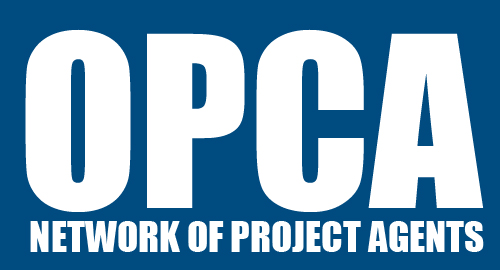LATEST NEWS
Follow project cargo industry attentively...
We support our agents in three different platforms on the internet as follows; social media, newsletters (external and internal) and through our website. The more your story noticed by worldwide business contacts, the more of your prestige, reachability and visibility will be extended simultaneously. As well acknowledged that social media is an efficient tool to get competitive advantages in a dynamic business world nowadays, So please update us for any single development in your company and let us share it with the whole world.
We support our agents in three different platforms on the internet as follows; social media, newsletters (external and internal) and through our website. The more your story noticed by worldwide business contacts, the more of your prestige, reachability and visibility will be extended simultaneously. As well acknowledged that social media is an efficient tool to get competitive advantages in a dynamic business world nowadays, So please update us for any single development in your company and let us share it with the whole world.

